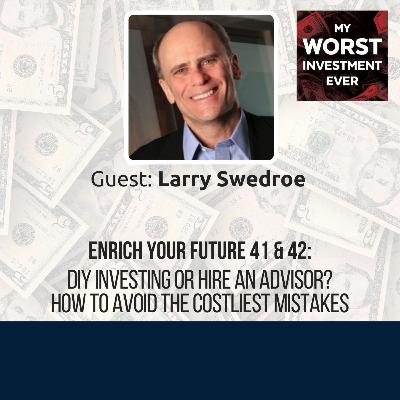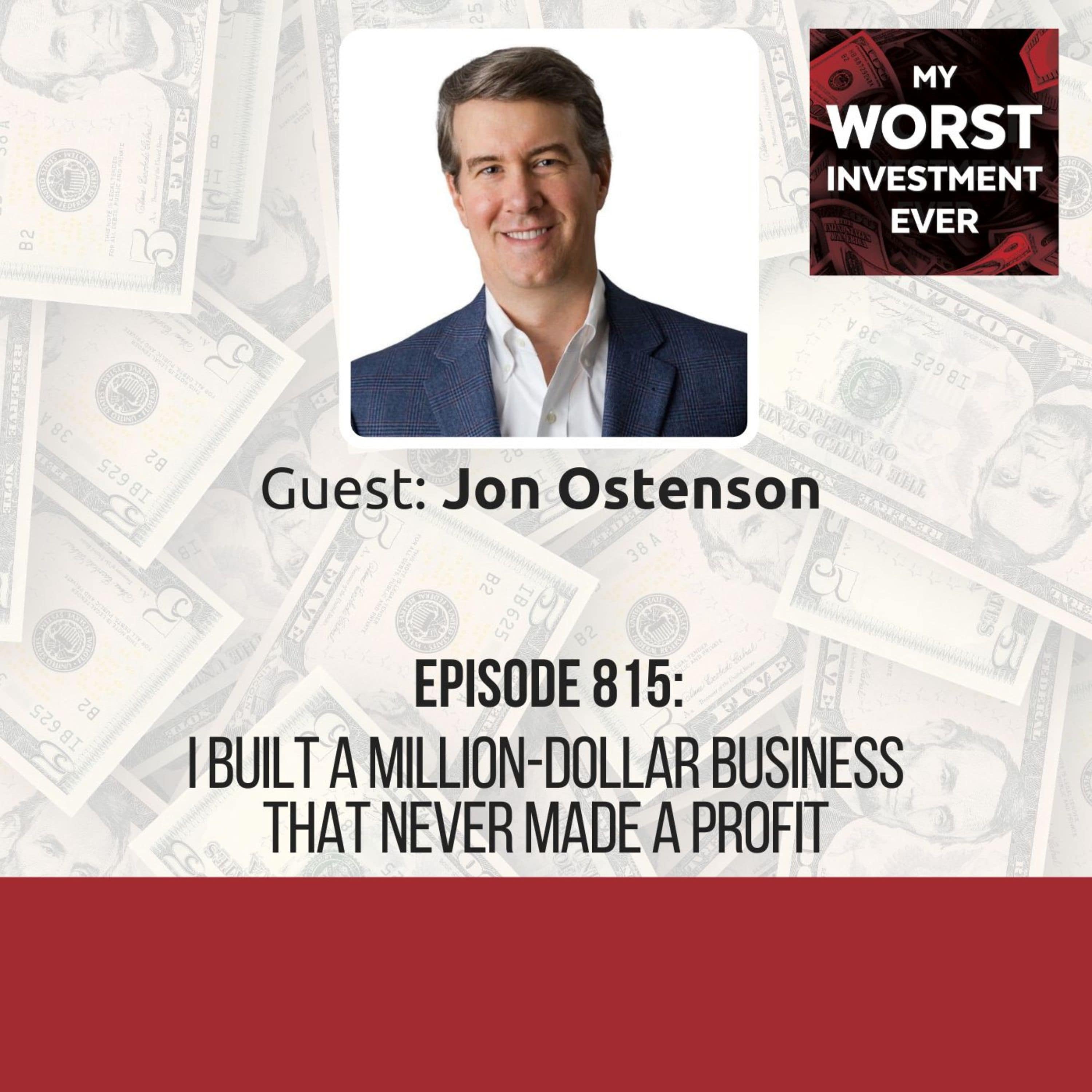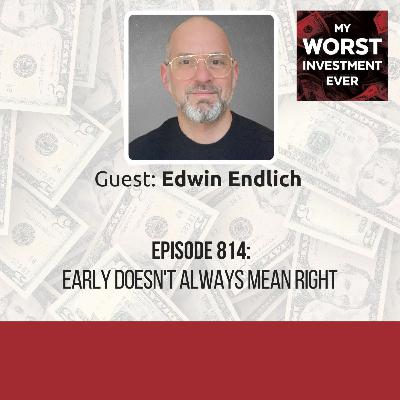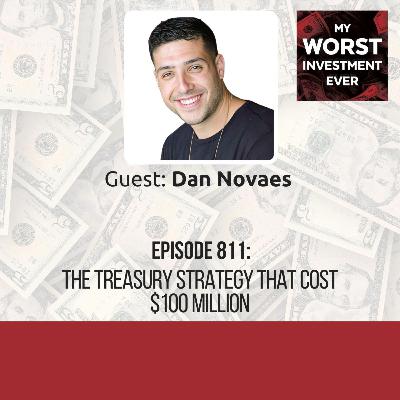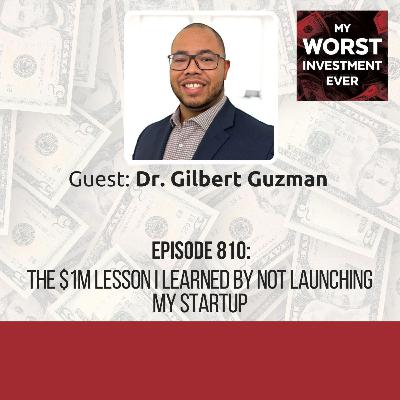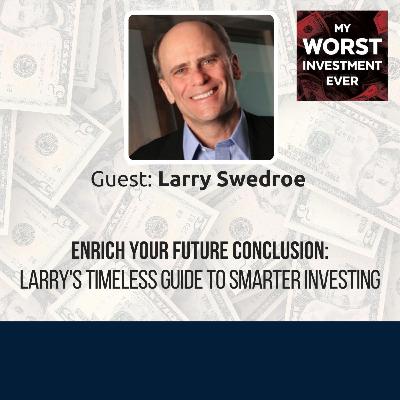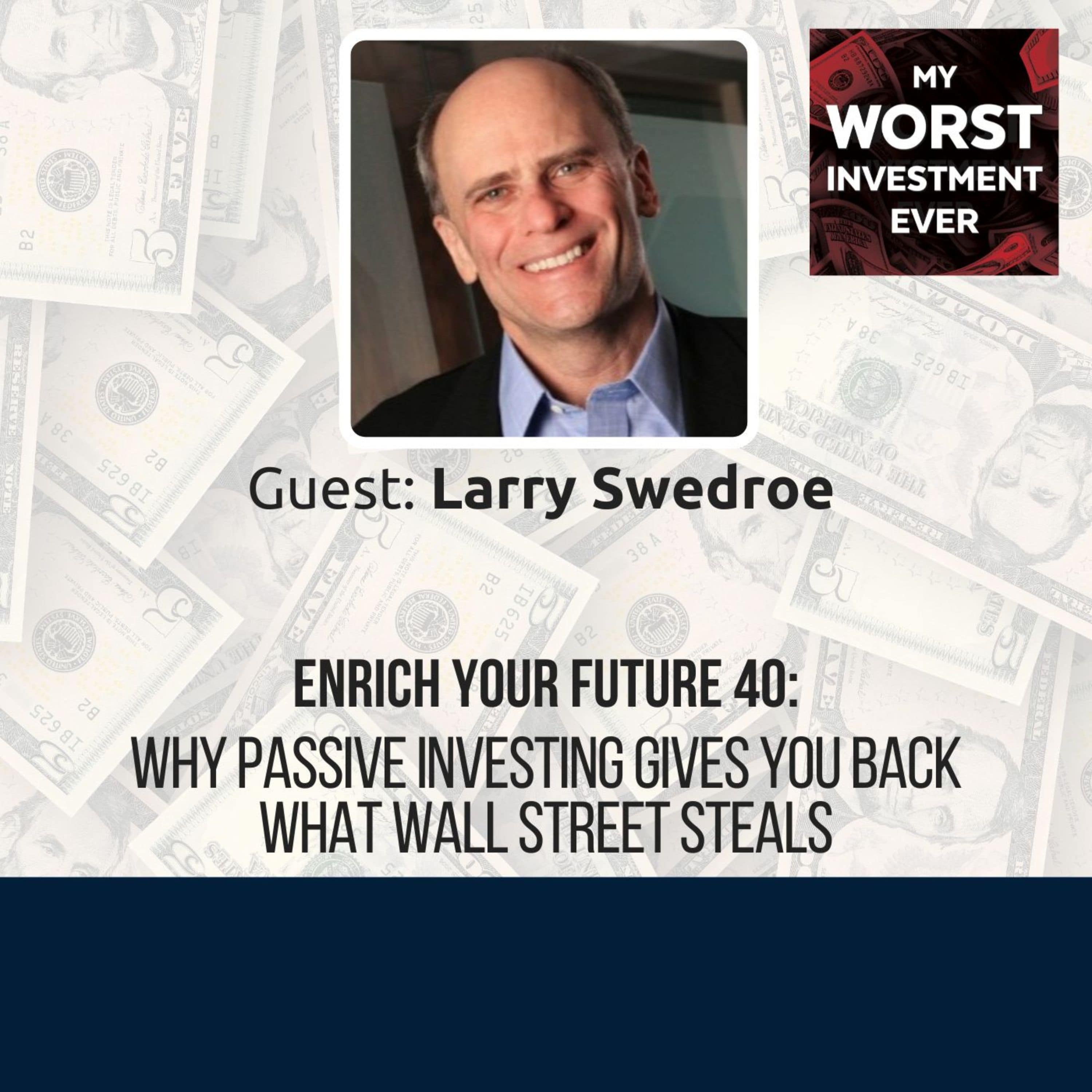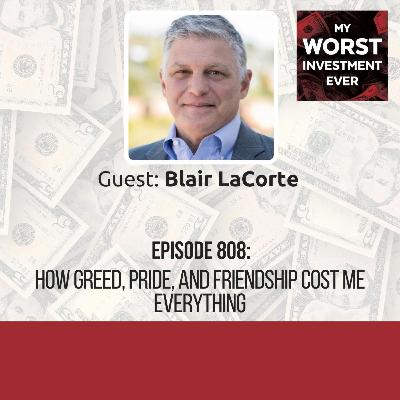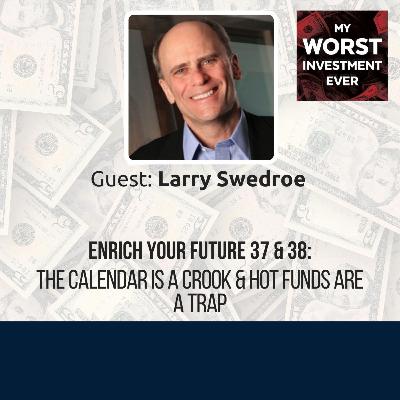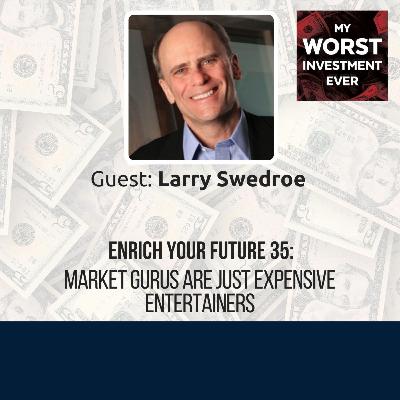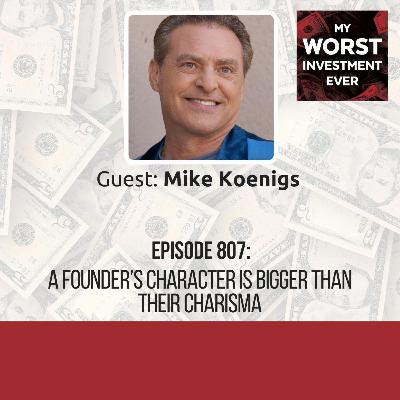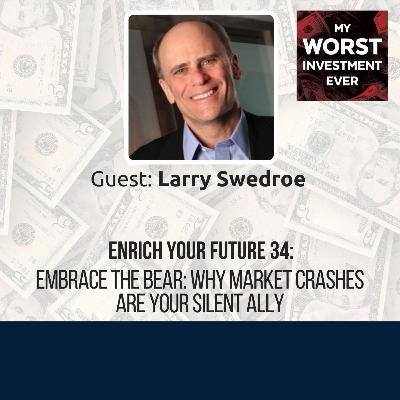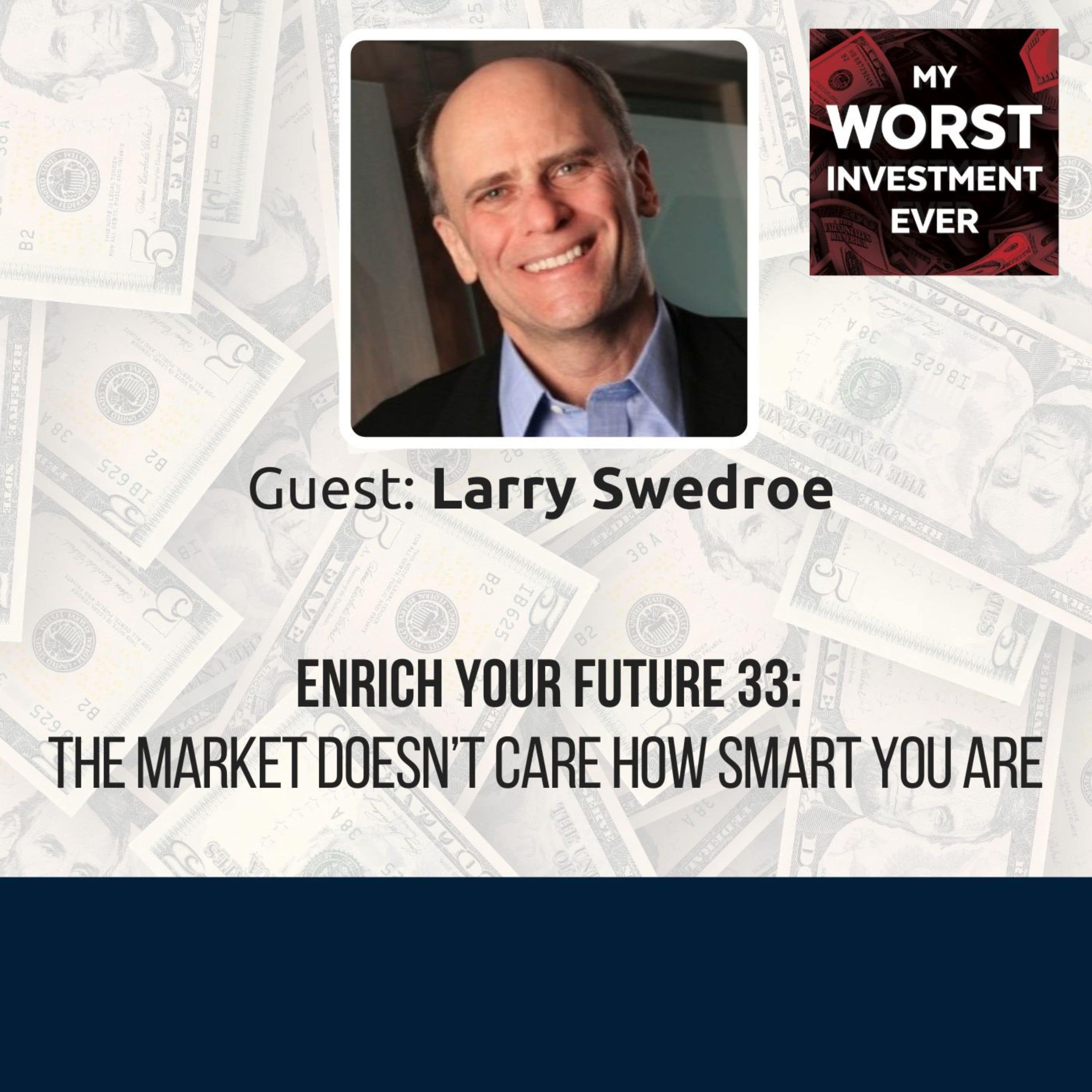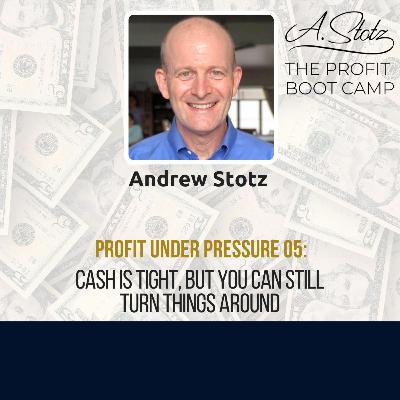Enrich Your Future 41 & 42: DIY Investing or Hire an Advisor? How to Avoid the Costliest Mistakes
Description
In this episode of Enrich Your Future, Andrew and Larry Swedroe discuss Larry’s new book, Enrich Your Future: The Keys to Successful Investing. In this series, they discuss Chapter 41: A Tale of Two Strategies and Chapter 42: How to Identify an Advisor You Can Trust.
LEARNING: Passive investing is still the winner. If something is worth doing, it’s worth paying someone to do it for you.
“A good wealth advisor helps you build a plan and choose the best investment vehicles that’ll give you the best chance of achieving your life and financial goals.”
Larry Swedroe
In this episode of Enrich Your Future, Andrew and Larry Swedroe discuss Larry’s new book, Enrich Your Future: The Keys to Successful Investing. The book is a collection of stories that Larry has developed over 30 years as the head of financial and economic research at Buckingham Wealth Partners to help investors. You can learn more about Larry’s Worst Investment Ever story on Ep645: Beware of Idiosyncratic Risks.
Larry deeply understands the world of academic research and investing, especially risk. Today, Andrew and Larry discuss Chapter 41: A Tale of Two Strategies and Chapter 42: How to Identify an Advisor You Can Trust.
Chapter 41: A Tale of Two Strategies
In Chapter 41, Larry explains why investors who have implemented the types of passive strategies recommended in his book have experienced “the best of times.” On the other hand, for those who continue to play the game of active investing, it has generally been the “worst of times.”
“It was the best of times, it was the worst of times.” Charles Dickens may have been writing about the French Revolution, but Larry observes that that line rings true for today’s investors, too. Depending on how you approach the market, your experience can feel like either a triumph or a disaster.
If you’re betting on active management, it’s the worst of times
According to Larry, people who still believe in the promise of active fund managers as the winning strategy are likely to find themselves in the “season of Darkness.” Over the years, the ability of active managers to consistently outperform has dwindled significantly.
You may be surprised to learn that in 1998, when Charles Ellis wrote his famous book “Winning the Loser’s Game”, about 20% of actively managed funds produced statistically significant returns after adjusting for risk. That figure was already discouraging.
A later study in 2014 (Conviction in Equity Investing) found that the percentage of managers producing any net alpha had dropped from 20% in 1993 to just 1.6%.
Larry reminds investors who are holding on to the hope that active management will deliver the goods that they are swimming against a strong current. The odds aren’t in their favour—and neither are the expenses.
It’s the best of times for passive investors
If you’ve embraced passive investing, it’s the best of times. The resounding success of this strategy, backed by a wealth of data and real-world results, should instill a strong sense of confidence in your investment decisions.
For investors who believe that markets are efficient and that passive investing is the winning strategy, it has been the best of times. The availability of passively managed funds—index funds, exchange-traded funds (ETFs), and passive asset class funds-has dramatically increased. These funds cover a broader range of asset classes and factors, giving you more effective tools to diversify your portfolio.
Passive funds are not only inherently more tax-efficient because of their low turnover, but some are also specifically managed with tax efficiency in mind. And if you’re using ETF versions, they become even more efficient.
Then there’s the cost. Famous fund companies like BlackRock, Vanguard, and Fidelity are in fierce competition for your investment dollars. That competition has driven expense ratios down dramatically.
Chapter 42: How to Identify an Advisor You Can Trust
In Chapter 42, Larry provides guidance to those investors who believe they are best served by working with a financial advisor. He shares a roadmap to help them identify one they can trust.
In Larry’s opinion, investing is like home repairs.
There are two types of people: the do-it-yourselfers and those who hire professionals. You might fall into the DIY camp because you believe you can save money or because you enjoy the process.
But, Larry adds, some people who try to do it themselves simply shouldn’t. If you don’t have the right skills, the cost of fixing mistakes can be much greater than hiring a professional in the first place.
The Swedroe Principle
Here’s where Larry’s encouragement to use the Swedroe Principle comes in: If something is worth doing, it’s worth paying someone to do it for you. The Swedroe Principle advocates for the use of professional financial advisors for tasks that are complex or require specialized knowledge. This advice can empower you to make confident investment decisions.
You may value your free time. Maybe you just don’t enjoy managing investments. Or maybe, like many, you’ve come to realize that if something can be messed up, you’ll find a way to do it. Whatever the reason, Larry says it’s okay to admit that managing your finances on your own may not be the best route.
Studies show that few individuals possess both the knowledge and the discipline needed to be successful investors. If investing were compared to home repair skills, DIY investors would likely fare worse than DIY handypersons. And the financial consequences of poor investment decisions can be far greater than the cost of fixing a leaky faucet.
On the other hand, if you do recognize your limitations, you can still come out ahead—if you choose the right financial advisor.
How to identify a financial advisor you can trust
Choosing a financial advisor, Larry emphasizes, is one of the most important decisions you’ll ever make. Surveys show that, in addition to financial expertise, trust is at the top of the list of what people want in an advisor.
Trust is intangible and hard to measure, but it’s crucial. That’s why it’s important to ask the right questions and insist on the right commitments when choosing an advisor.
Larry shares a checklist to guide your decision. He says when interviewing an advisor, ask them to commit to the following:
- Client-first philosophy: The advisor should demonstrate that their core principle is to act in your best interest.
- Fiduciary duty: They must follow a fiduciary standard, the highest legal duty of care, which is very different from the “suitability standard” used by many brokers.
- Fee-only compensation: They should earn no commissions—just fees paid directly by you. This avoids the temptation to recommend products that benefit them more than you.
- Full disclosure: Any potential conflicts of interest must be clearly disclosed.
- Evidence-based advice: Their investment philosophy should be grounded in rigorous academic research—not guesswork or opinions.
- Client-centric service: Their only goal in offering solutions should be to serve your best interest.
- Personal attention: They should build a strong personal relationship with you and provide access to a team of professionals.
- Skin in the game: They should invest their own money based on the same principles they recommend to you.
- Integrated planning: They should help you develop a plan that includes investments, estate planning, taxes, and risk management tailored to your unique needs.
- Goal-oriented decisions: Every recommendation should be made with your long-term success in mind.
- Qualified professionals: The people advising you should hold respected credentials like CFP, PFS, or similar.
Further reading
- Eugene Fama and Kenneth French, “Luck versus Skill in the Cross-Section of Mutual Fund Returns,” The Journal of Finance (October 2010).
- Mike Sebastian and Sudhakar Attaluri, “Conviction in Equity Investing,” The Journal of Portfolio Management (Summer 2014).

